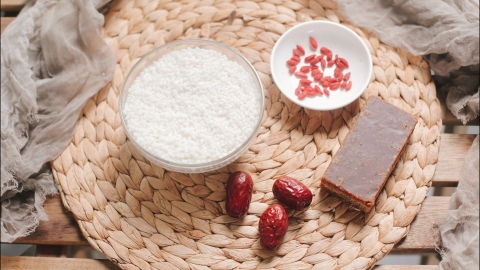Is it safe to eat rice that has been left for two days during winter?
Generally speaking, whether rice stored for two days during winter can be eaten depends on its storage condition and signs of spoilage. If in doubt or if any discomfort occurs after consumption, it is advisable to discard the rice or seek medical attention promptly. The detailed analysis is as follows:

If the cooked rice was cooled promptly after preparation, placed into the refrigerator within two hours, stored at a temperature between 0–4°C, and not repeatedly removed and left at room temperature, it is usually safe to eat—provided there is no unusual odor, sourness, stickiness, or clumping of the grains. Low temperatures inhibit bacterial growth and slow down spoilage. Before eating, reheat the rice thoroughly to a core temperature above 75°C to kill any potential bacteria.
If the rice was left at room temperature for an extended period after cooking, or was not sealed properly during refrigeration (leading to odor absorption or moisture), and shows signs such as sour smell, mold spots, stickiness, or a slippery texture, it has likely spoiled and should not be consumed. Even in winter, bacteria can still grow at room temperature. Consuming spoiled rice, which may contain large amounts of harmful microorganisms, can easily cause gastrointestinal symptoms like abdominal pain and diarrhea.
Cooked rice should be sealed and refrigerated as soon as possible to avoid prolonged exposure to air. Always carefully inspect the rice before consumption, and only eat it if no abnormalities are found, ensuring it is thoroughly reheated. Even if no obvious spoilage is observed, rice stored in the refrigerator for more than three days should be consumed with caution. It's best to cook only what is needed and minimize leftovers to reduce storage time.




